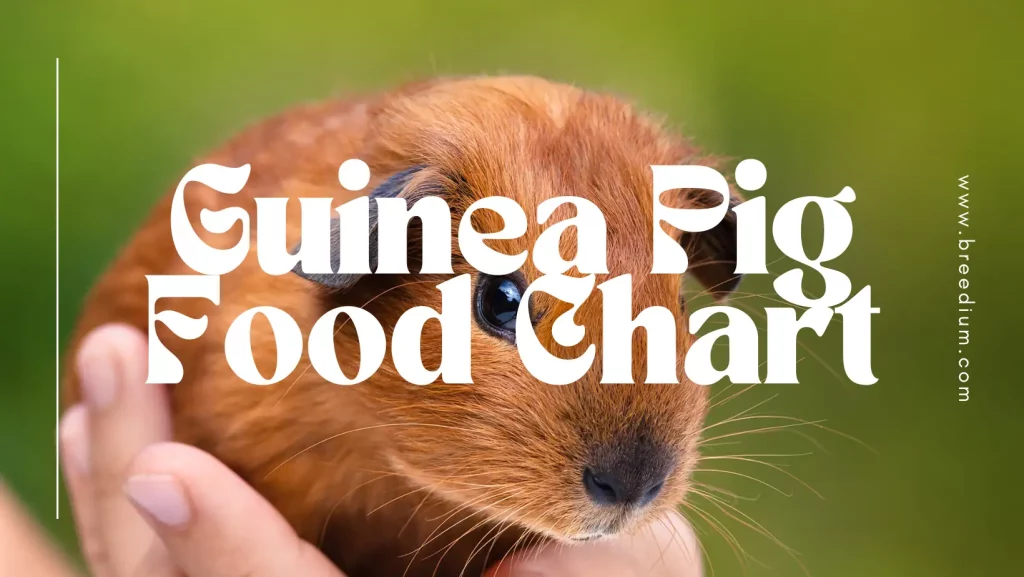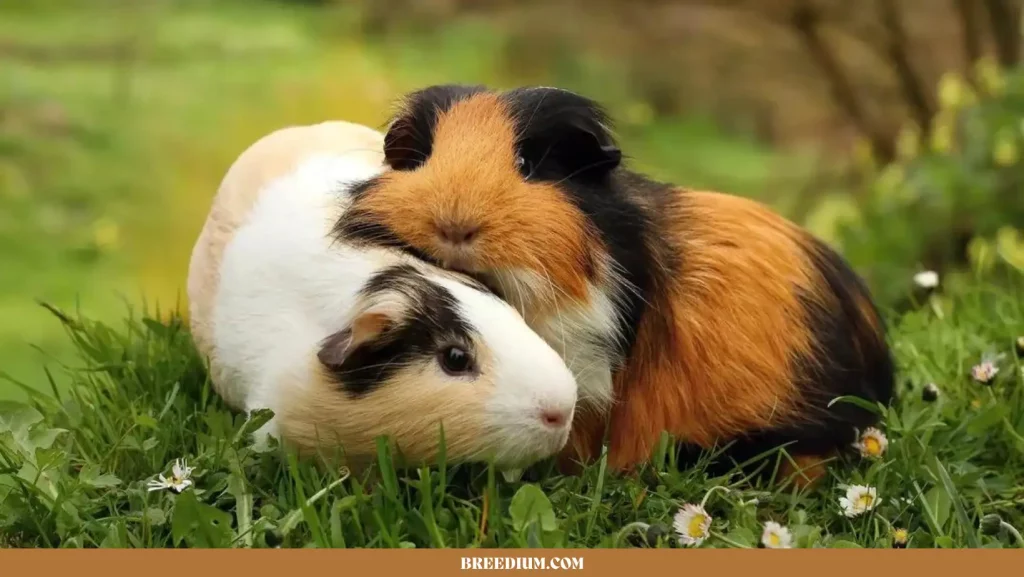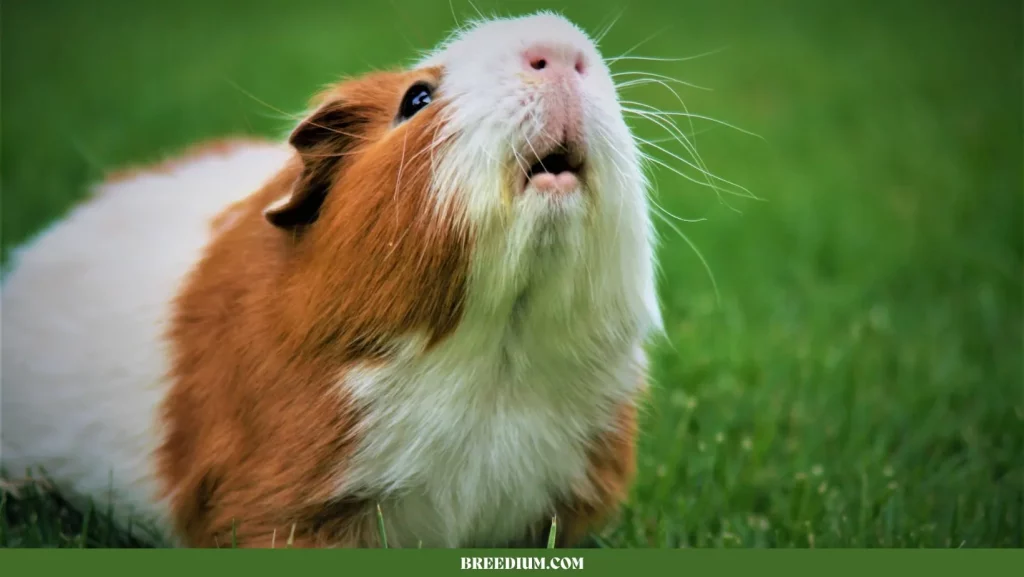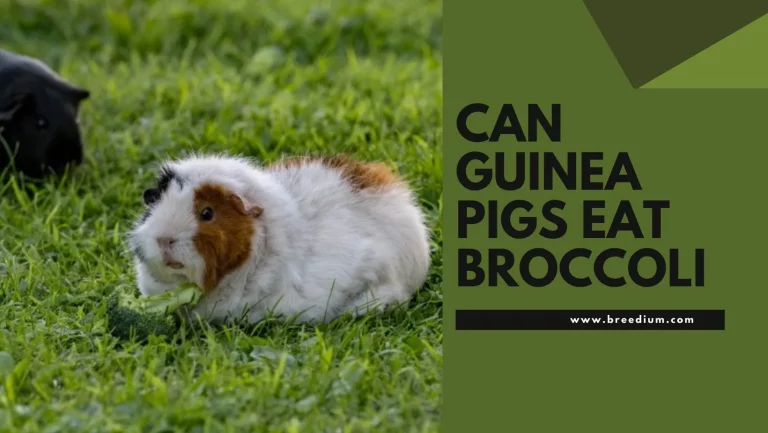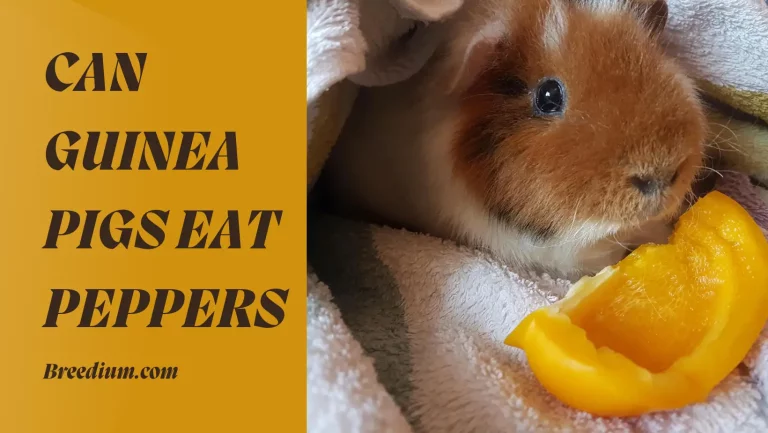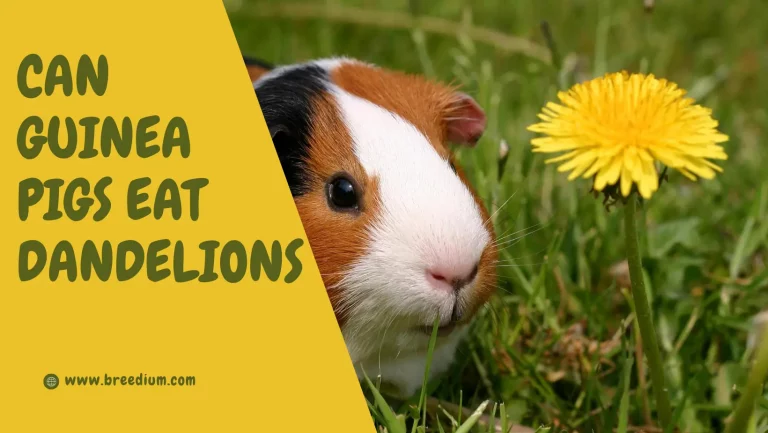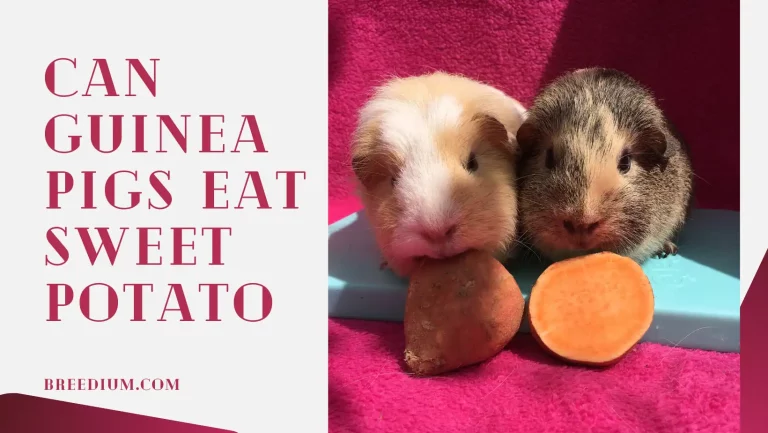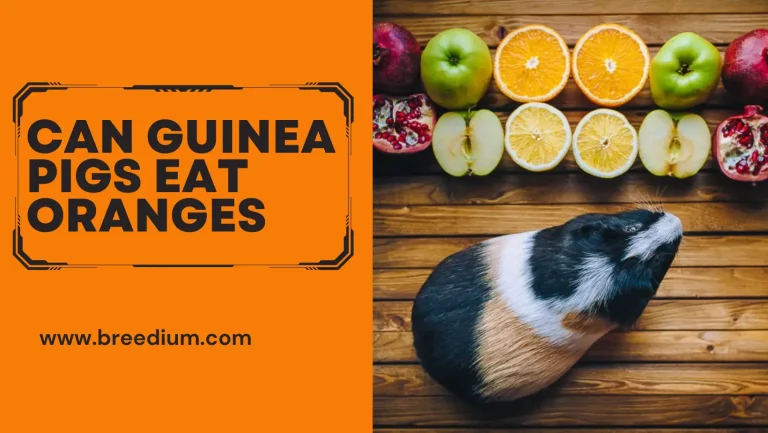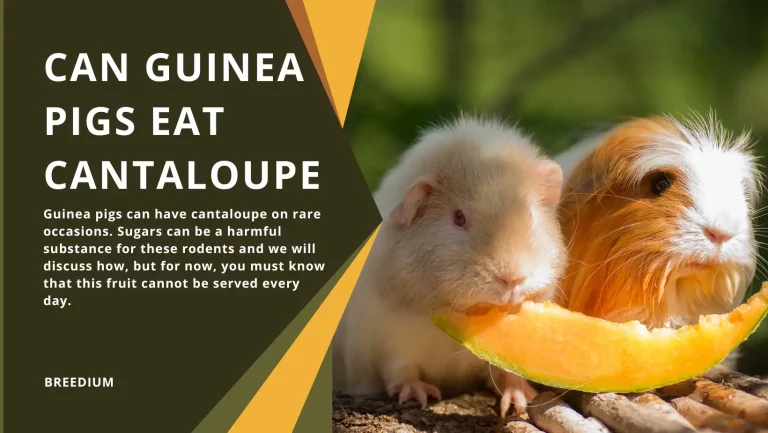Guinea Pigs Food Chart: What’s Safe And Nutritious For Their Diet 2024
Guinea Pigs Food Chart can be a nice way to keep a record of what kind of fruits and vegetables to feed your new pet. The more you know about feeding them the right things, the healthier and happier you will see them.
Pet parents often worry about their little pets who have different eating habits, and preferences than humans. Guinea pigs are rodents and they are so cute and furry, with an active routine. Just like all of us have unique nutritional requirements, guinea pigs also need special nutrients to keep their bodies healthy and mind alert.
Guinea pigs need a lot of fiber, and hence, grasses and hays are a good fit for their daily consumption. Moreover, dry pellets also make up a large portion of their daily diet. The smallest portion of their diet is fresh fruits and vegetables.
These items fulfill their nutritional needs as well, and you can always serve dietary supplements to complete any gaps in nutrition. For example, a lot of pet parents give vitamin C supplements to their guinea pigs for an extra boost.
Guinea Pigs Food Chart. Get To Know The Details
The main nutrients that guinea pigs need in their diet are as follows. You can understand what each of these nutrients provides, and this way, feeding your new pet will become simpler. Take a look at these nutrients and decide what you will be feeding your pet today.
Roughage: Guinea pigs need high-fiber foods such as hays. Timothy hay is a good daily staple for your guinea pigs. These rodents need high fiber to keep their digestive system healthy. Roughage helps cleanse their system and absorb all kinds of toxins in the intestinal tract. This ensures that guinea pigs are healthy, active, and growing well.
Vitamin C: Vitamin C is an integral part of the guinea pig’s diet because they need to stay safe from illness. This vitamin strengthens the immune system and protects guinea pigs from various infections and diseases. Guinea pigs are prone to infections and skin rashes or excessive fur loss even. Vitamin C helps keep your guinea pig pet safe from all kinds of long-term and short-term illnesses including scurvy, which targets gums.
Calcium: Calcium must be a part of the guinea pig’s daily diet. Calcium not only strengthens the bones but also helps regulate the body’s systems. Calcium must be available in a balanced amount because if you feed too much of this mineral, it can cause kidney and bladder stones. Guinea pigs can experience extreme discomfort due to these stones and you would not like to see your little pet go through it.
Phosphorus: Phosphorus is an excellent daily mineral for guinea pigs because it helps absorb calcium. In some creatures, phosphorus, and calcium can be antagonizing, but for guinea pigs, these minerals go hand in hand. Be sure to pick fruits and vegetables that offer phosphorus so that your guinea pig becomes strong and healthy.
Vitamins: Vitamins A, B, C, E, and K are essential for guinea pigs. Vitamin A keeps their eyes healthy, and vitamins B and E improve their skin and hair condition. Vitamin K keeps their blood healthy and clot-free. The thickening and clotting of blood are regulated by this vitamin. All vitamins are essential for the growth and well-being of your guinea pig pet.
Water: Water content in any fruit or vegetable can be a good thing because this way the guinea pigs stay hydrated. If you feed hard fruits or vegetables with lower water content might lead to constipation and dehydration. However, fruits and vegetables with a higher water amount will keep your guinea pigs active because their electrolyte balance will be good.
Foods That Can Create Issues For Guinea Pigs
There are a few nutrients that can make some foods harmful to guinea pigs. Here is a brief list of these nutrients. Be sure to avoid them so that your pet does not suffer from an unhealthy diet.
Sugars: Sugar is not suitable for guinea pigs because they are adapted to a low-carb diet. Sugars can make guinea pigs anxious and if they consume a lot of them, it can bring on diarrhea. The guinea pig will not be able to digest sugars and they deposit in the body as fats. Guinea pigs will become obese gradually if you keep feeding them high-sugar foods.
Excess Calcium: Excess calcium can cause bladder stones and that can be extremely painful for guinea pigs. However, it is best to keep the dose within a limit so that these furry rodents do not get stones. Any kind of stones in the organs can be painful and you would feel bad if you see your pets in pain. Moderation is key for your guinea pig.
Food Chart For Guinea Pigs
Here is a food chart that covers most of the food items that guinea pigs can have. You must follow the frequency mentioned in the chart.
| FOOD | FREQUENCY |
| Apples | Once a week |
| Apricot | Once a week |
| Arugula/Rocket Salad | Once a week |
| Asparagus | Once a week |
| Banana | A few times a month |
| Beet Greens | Once a week |
| Beetroot | A few times a month |
| Bell Pepper, Green | Once a week |
| Bell Pepper, Orange | A few times a week |
| Bell Pepper, Red | A few times a week |
| Bell Pepper, Yellow | Daily |
| Blackberries | Once a week |
| Blueberries | Once or twice a week |
| Bok Choy | Once a week |
| Broccoli | Once or twice a week |
| Brussels Sprouts | Once a week |
| Butternut Squash | Once a week |
| Cabbage – Green | A couple of times a week |
| Cabbage – Red | A couple of times a week |
| Cabbage – Savoy | A couple of times a week |
| Cantaloupe/Rockmelon | Once a week |
| Carrots | A couple of times a week |
| Carrot Tops | Once a week |
| Cauliflower | Once a week |
| Celery | A couple of times a week |
| Chamomile Flowers and Leaves | A couple of times a month |
| Cherries | Once a week |
| Cilantro/Coriander | A couple of times a week |
| Clover | Once a week or less |
| Collard Greens | Once a week |
| Corn on the Cob | A couple of times a month |
| Corn Husks and Silk | A couple of times a week |
| Cranberries | Once a week |
| Cucumber | Almost daily |
| Dill | Once or twice a week |
| Grapefruit | A few times a month |
| Grapes, Green or Red | Once a week or less |
| Grass, from outside | Daily |
| Green Beans | Once or twice a week |
| Guava | Once a week |
| Honeydew Melon | Once a week |
| Kale – Green or Red | Once or twice a week |
| Kiwifruit | Once a week |
| Kohlrabi | Once a week |
| Lettuce | Daily |
| Lettuce, Green Leaf | Daily |
| Mango | Once a week |
| Mint Leaves | Once a week |
| Mustard Greens | Once a week |
| Nectarine | Once a week |
| Okra | Once a week |
| Oranges | Once a week |
| Oregano | Once a month |
| Papaya | Once a week |
| Parsley | A couple of times a week |
| Parsnips | Once a week |
| Passionfruit | Once or twice a month |
| Peaches | Once a week |
| Pear | Once a week |
| Peas, Snow & Sugar Snap | Once a week |
| Pineapple | Once a week |
| Plantain | Once or twice a week |
| Plum | Once a week |
| Pumpkin | Once or twice a month |
| Radicchio | A few times a week |
| Radish | Once or twice a month |
| Radish Leaves | Once or twice a month |
| Broccoli Raab | Once or twice a month |
| Raspberries | Once a week |
| Raspberry Plant Leaves | A few times a week |
| Spinach | A few times a month |
| Starfruit | A couple of times a month |
| Strawberries | Once or twice a week |
| Strawberry Plant Leaves | A few times a week |
| Sweet Potato/Yam | Once a week |
| Swiss Chard | Once a week |
| Thyme | 1-2 times a month |
| Tomatoes | A few times a week |
| Turnip Greens | Once a week |
| Watercress | Once a week |
| Watermelon | Once a week |
| Wheatgrass | A few times a week |
| Zucchini | Almost daily |
| Courgette | Almost daily |
Frequently Asked Questions
Will guinea pigs die if they eat foods high in calcium?
No, guinea pigs will not die but if you feed them a lot of calcium but it can lead to a few disorders such as kidney and bladder stones. It is best to feed them a moderate amount of calcium. See the vegetables and fruits that should be fed every day and you can deduce the moderate quantity of calcium needed each day.
Can I feed all the fruits mentioned in the list together?
If you feed all the allowed fruits together, it will be too much for the guinea pig to consume. It is best to select any one fruit and serve that at a time.
Is the food chart accurate for guinea pigs?
Yes, this food chart is according to the guidelines of vets and guinea pig parents who have contributed actively to creating this list.
Conclusion
Guinea pigs food chart can help new pet owners decide what to feed their pets. We have also given a brief explanation of what each food item and nutrient can do for your guinea pig pet. Make sure that you feed your pet the right foods so that they grow healthy and active.
The more you focus on nutritious foods for them, the more fun it will be to watch them play and run around actively. Also, read How Long Can Guinea Pigs Go Without Food?

My name is Ashley, and I am an ardent bearded dragon owner. I have been writing about bearded dragons for the website for many months now, and each topic is close to my heart because it genuinely teaches me more as well. The enthusiasm of this team and the brilliance of the project make me write with more zeal.

